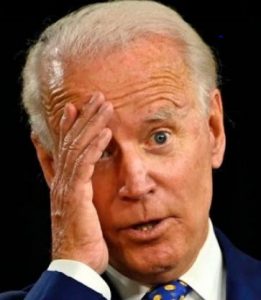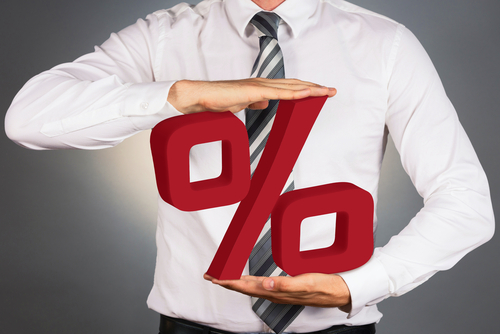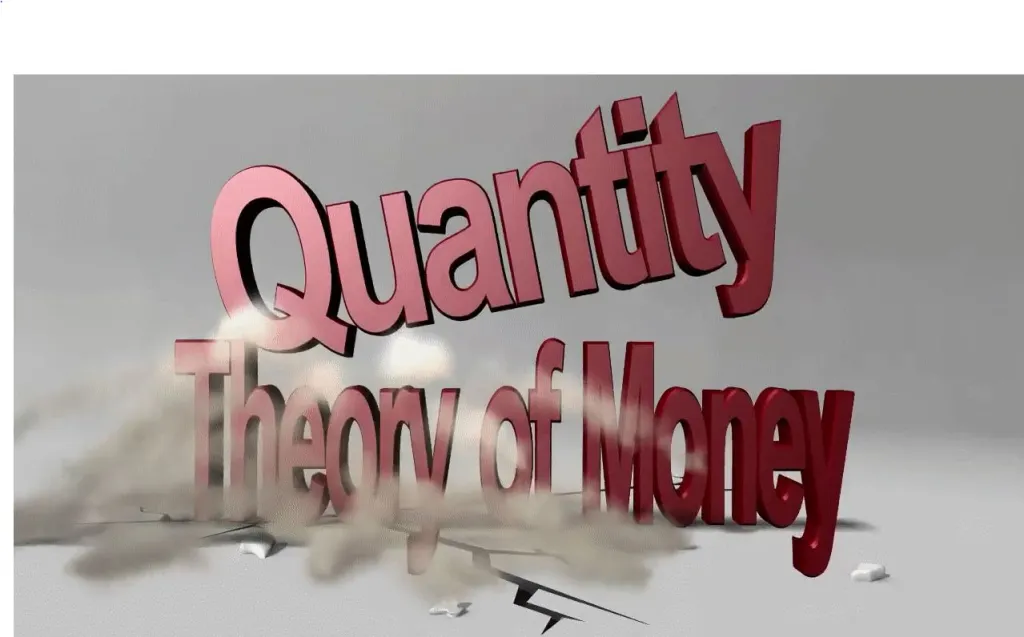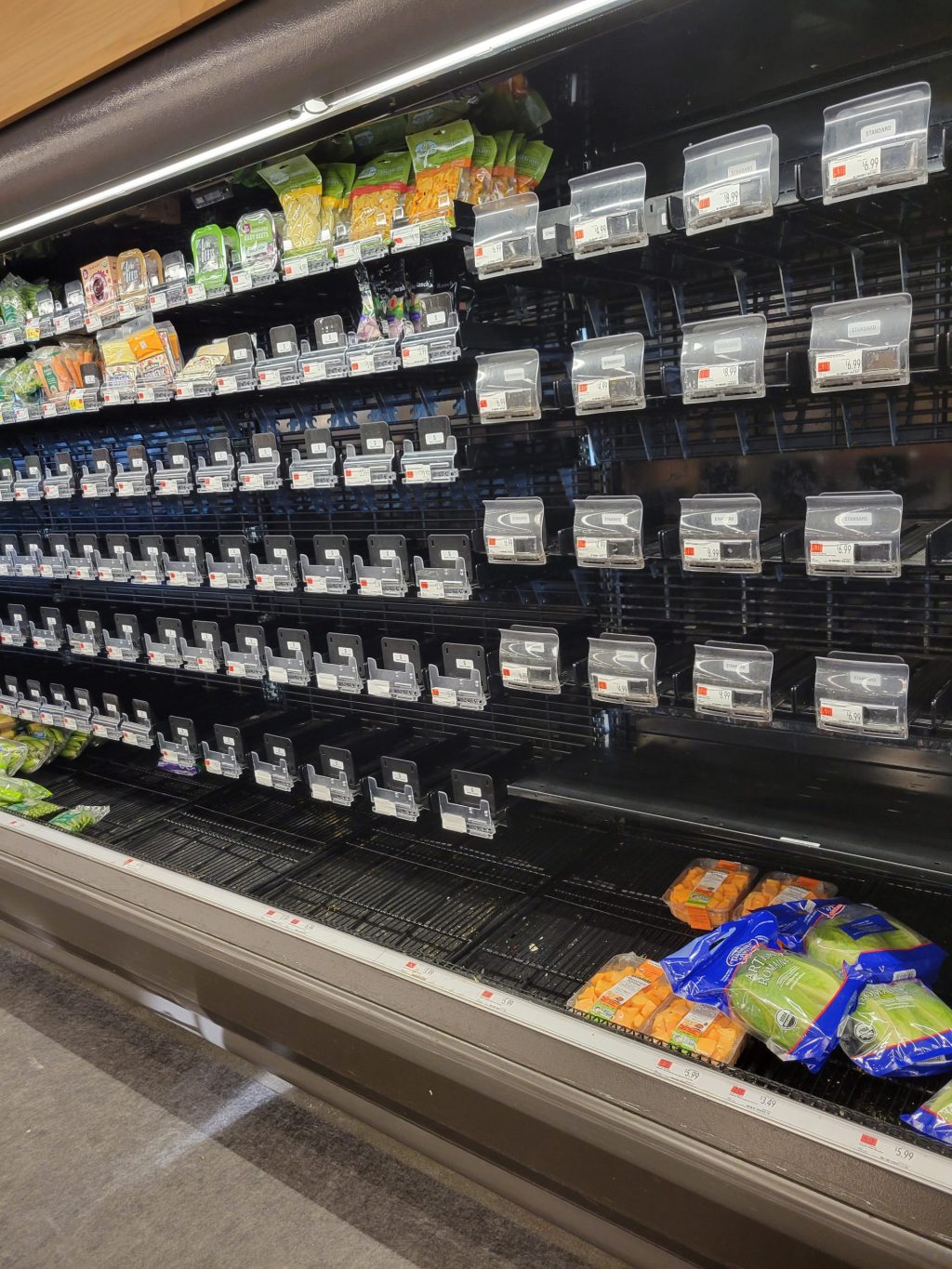The US Producer Price Index (PPI) for November reached an 11-year high, according to the Labor Department. The PPI for final demand rose 0.8% in November, the index for final demand services increased 0.7%, and prices for final demand goods moved up 1.2%. Alarmingly, the final demand PPI soared 9.6% for the 12 months ending in November, marking the fastest 12-month advance since November 2020 when that data was first collected. Core PPI advanced 6.9%, marking the largest spike since August 2014. As a reminder, this measures the average price movement established by domestic producers for goods and services sold both domestically and internationally.
Companies are facing higher costs, and that cost is passed on to the consumer. As a result, the Consumer Price Index rose 0.8% in November, marking a 6.8% increase in inflation on an annual basis. The Labor Department noted that this was the fastest pace of inflation since June 1982.
These levels are unsustainable. The Fed’s 2% inflation target seems laughable considering prices in every area continuously rise with no end in sight. Fed Chairman Jerome Powell has stated that the central bank would step in with a more aggressive policy if they saw runaway inflation. How high do prices need to rise for the central bank to take action?










